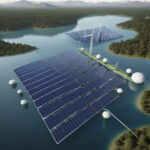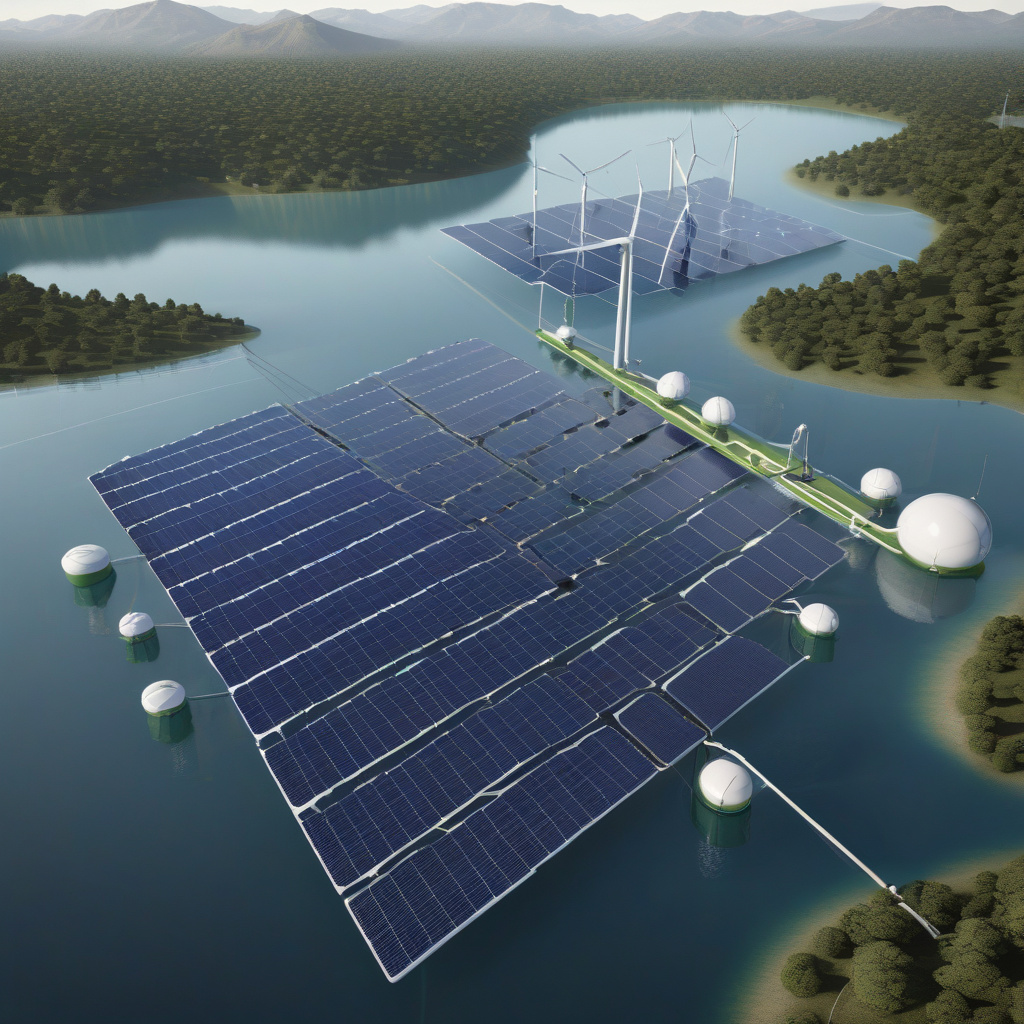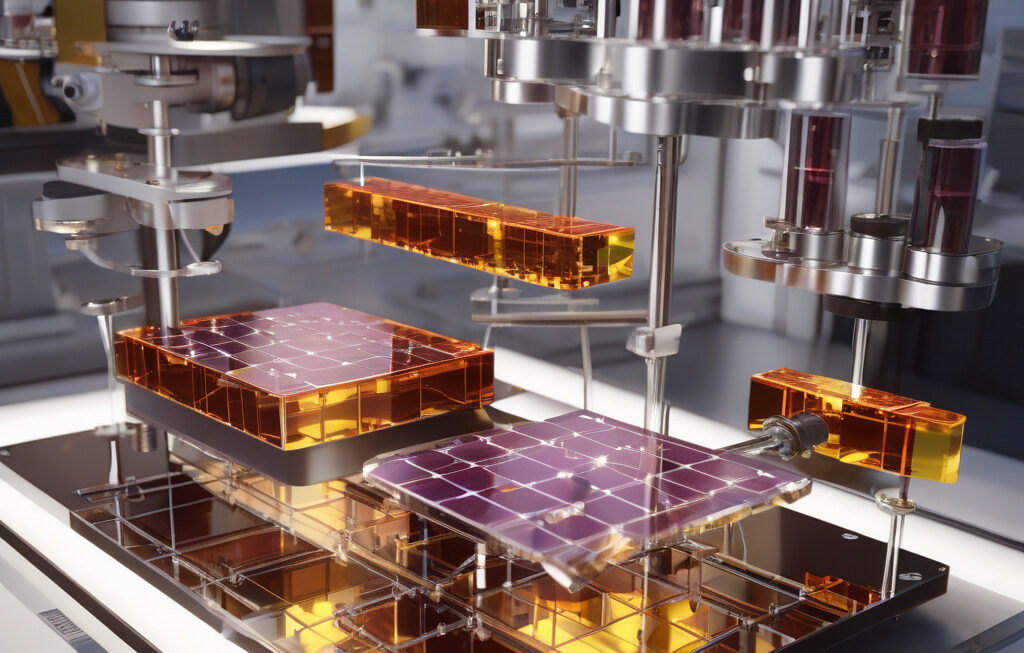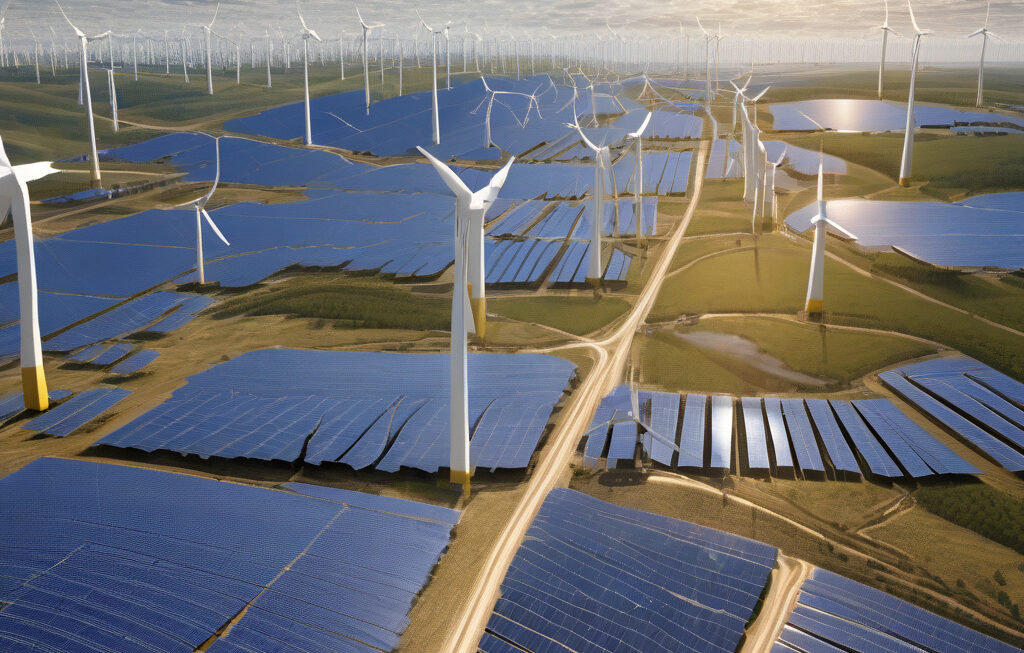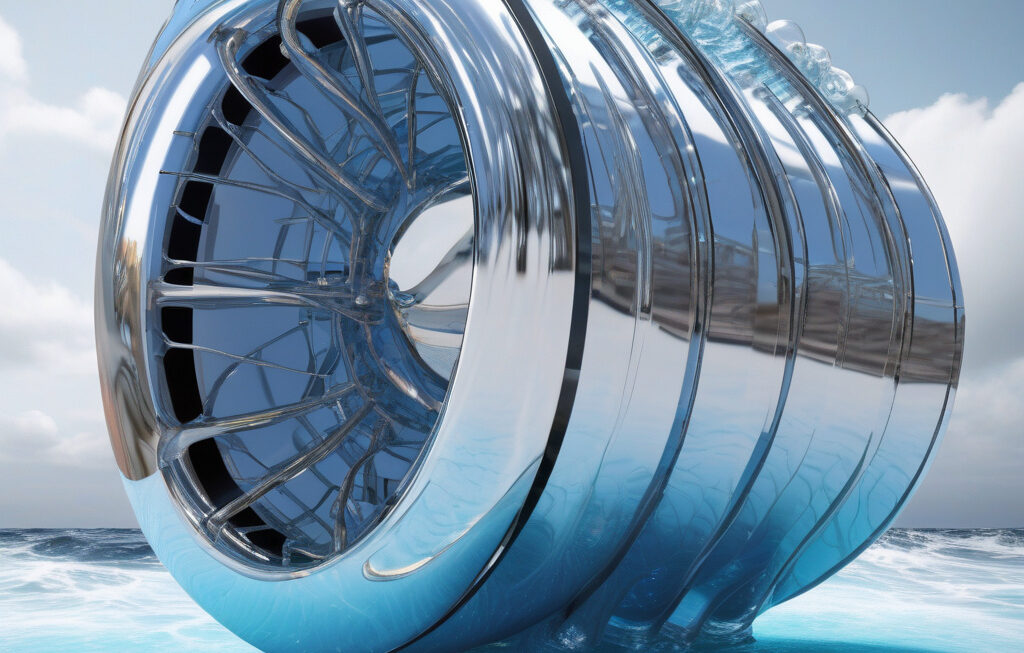Pairing Floating Solar with Hydropower: New Self-Adjusting Tension Buoy Steadies Floating Solar as Dams Rise and Fall
The marriage of floating solar panels with hydropower reservoirs has long been touted as a game-changer in the renewable energy sector. This innovative approach not only maximizes the use of water surfaces but also enhances the overall efficiency of both solar and hydropower generation. However, one of the significant challenges faced by this integration is the fluctuation of water levels in dams, which can impact the stability and performance of floating solar arrays.
To address this issue, a groundbreaking solution has emerged in the form of a self-adjusting tension buoy. This innovative technology is designed to maintain the stability of floating solar panels by automatically adjusting its tension in response to the rise and fall of water levels in dams. By ensuring that the solar arrays remain level and secure at all times, the tension buoy significantly enhances the reliability and efficiency of floating solar installations.
The potential impact of this self-adjusting tension buoy is immense. By overcoming the limitations posed by variable water levels, this technology unlocks the possibility of harnessing hundreds of gigawatts of clean energy from combined floating solar and hydropower projects worldwide. This not only represents a significant step towards achieving global renewable energy targets but also underlines the importance of technological innovation in driving sustainable energy solutions.
One of the key advantages of this self-adjusting tension buoy is its adaptability to different environmental conditions. Whether faced with extreme weather events or seasonal fluctuations in water levels, the tension buoy can effectively stabilize floating solar arrays, ensuring consistent energy generation throughout the year. This level of resilience is crucial in maximizing the performance and longevity of floating solar installations, making them a viable and cost-effective renewable energy solution in the long run.
Moreover, the integration of self-adjusting tension buoys with floating solar arrays paves the way for increased scalability and efficiency in renewable energy generation. By optimizing the use of water surfaces in hydropower reservoirs, this technology offers a sustainable solution for meeting the growing energy demands of urban and rural areas alike. Furthermore, the synergy between floating solar and hydropower facilitates grid stability and energy security, making it a compelling choice for policymakers and energy providers looking to transition towards a low-carbon future.
In conclusion, the development of the self-adjusting tension buoy represents a significant advancement in the field of floating solar technology. By addressing the challenges posed by fluctuating water levels in hydropower reservoirs, this innovative solution opens up new possibilities for harnessing clean energy on a large scale. As the demand for renewable energy continues to rise, technologies like the tension buoy play a crucial role in driving the transition towards a more sustainable and resilient energy system. With further research and investment, the integration of floating solar with hydropower could revolutionize the way we generate and utilize clean energy for years to come.
floating solar, hydropower, renewable energy, self-adjusting tension buoy, clean energy transition

